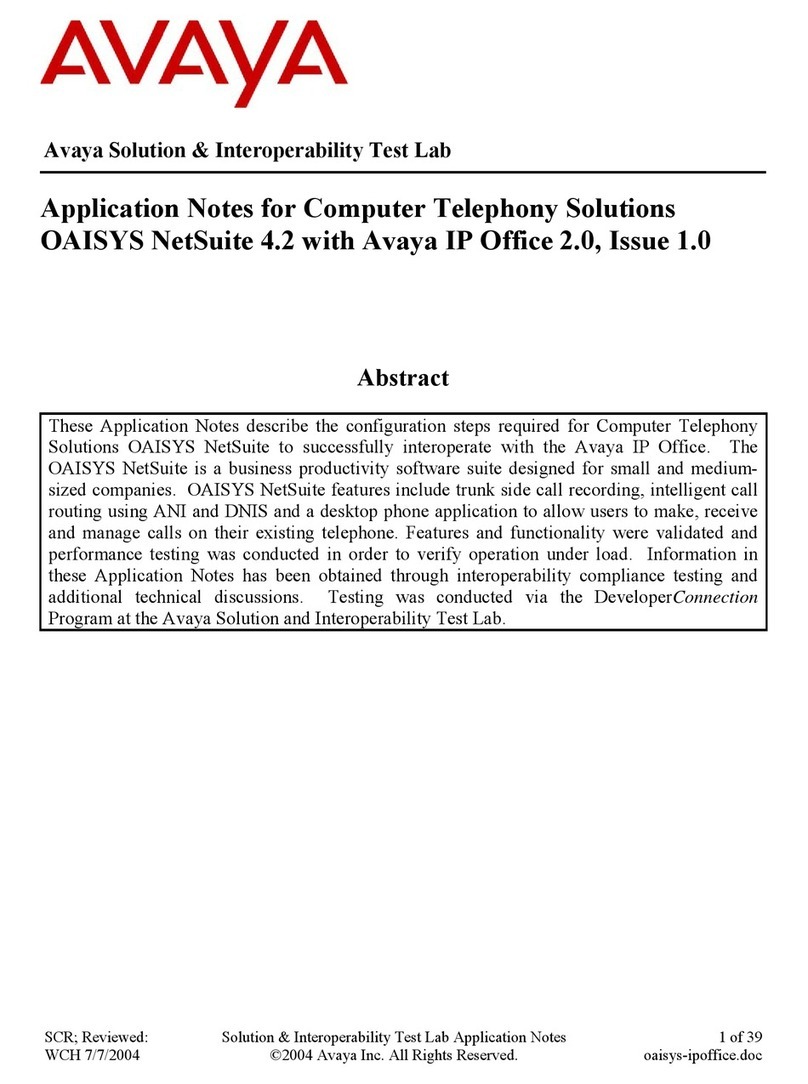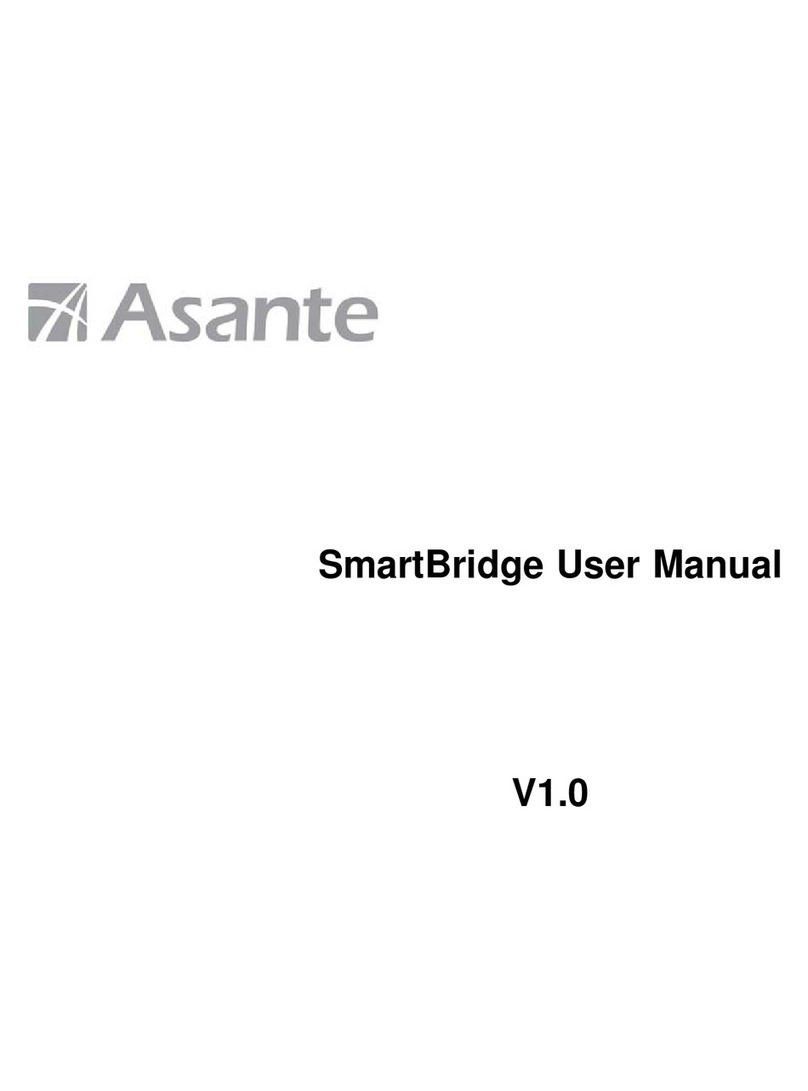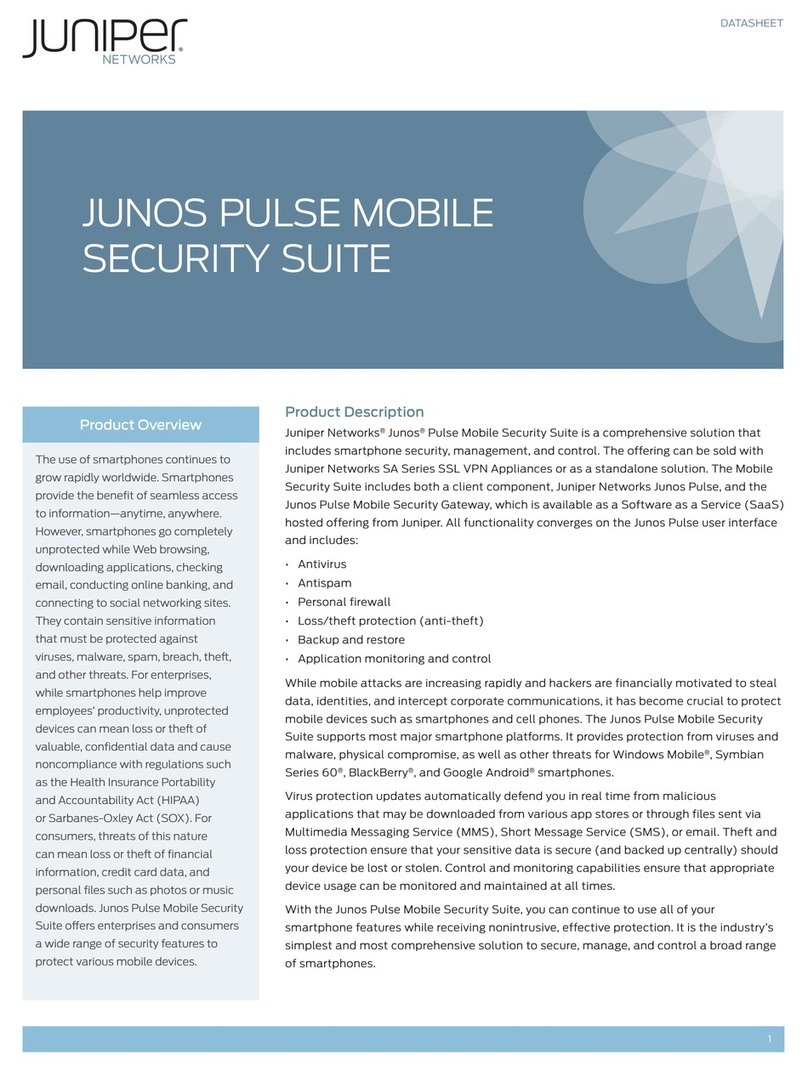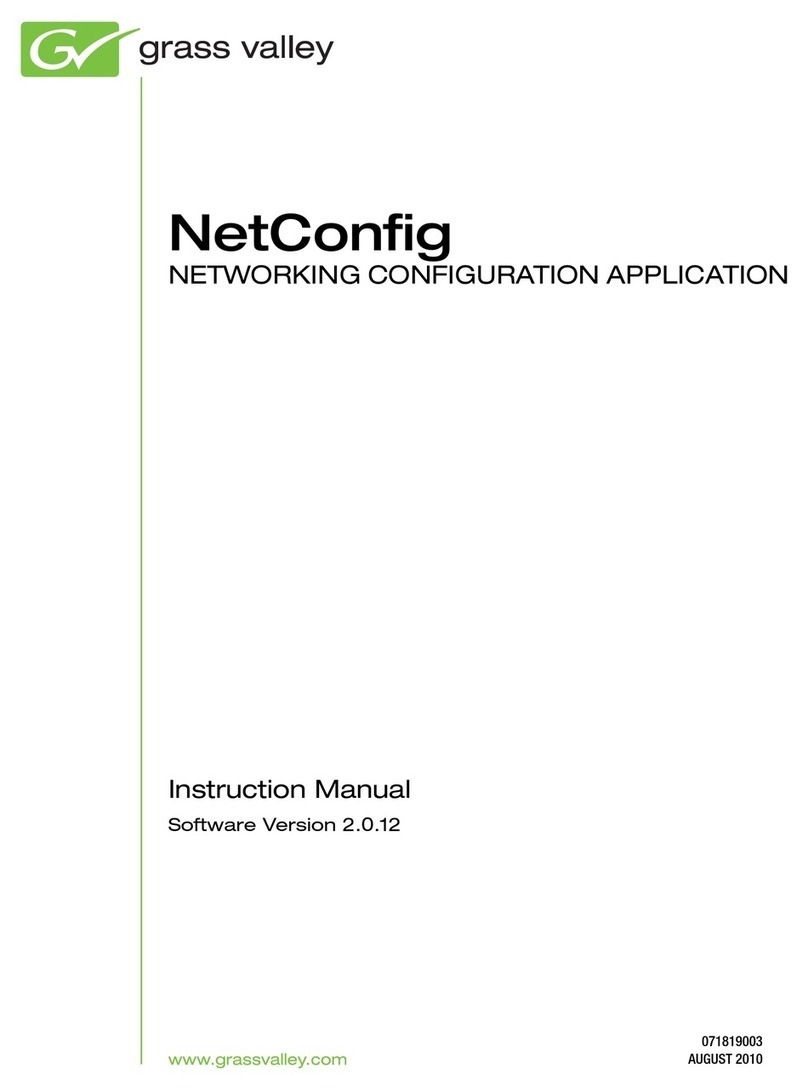Table of contents
1 INTRODUCTION ................................................................................................................................................ 4
2 FEATURES .......................................................................................................................................................... 5
3 INSTALLATION ................................................................................................................................................. 6
3.1 ELICENSER DRIVERS ............................................................................................................................................. 6
3.1.1 If you already own a eLicenser ............................................................................................................... 6
3.1.2 If you have received a eLicenser dongle from XILS-lab .......................................................................... 6
3.2 ILOK DRIVERS ..................................................................................................................................................... 6
3.3 WINDOWS (XP, VISTA, WINDOWS 7) ................................................................................................................. 7
3.4 AC (OSX 10.3.9 AND LATER) ........................................................................................................................... 7
4 UICK START .................................................................................................................................................... 8
4.1 LAUNCH, PLAY ................................................................................................................................................... 8
4.2 TOOLBAR ........................................................................................................................................................... 8
4.3 ADJUSTING THE INSTRU ENTS PARA ETERS (KNOBS, SWITCHES) ................................................................................. 9
5 PRESET COMPATIBILITY WITH VERSION 1 .......................................................................................... 10
6 PRESET MANAGEMENT ............................................................................................................................... 10
6.1 AIN TOOLBAR ................................................................................................................................................ 10
6.2 PRESET ENU .................................................................................................................................................... 11
6.3 SORT ENUS ..................................................................................................................................................... 13
6.3.1 Sorting enu: Additional Functions .................................................................................................... 14
6.4 A/B CO PARISON .............................................................................................................................................. 15
7 POLYKB MODULES DESCRIPTION ........................................................................................................... 16
7.1 SYNTHESIS ........................................................................................................................................................ 16
7.1.1 Oscillators ............................................................................................................................................. 16
7.1.2 Oscillator 2 Special features. Optional Noise Oscillator ...................................................................... 18
7.1.3 Filter ...................................................................................................................................................... 19
7.1.4 Envelopes ............................................................................................................................................... 19
7.1.5 LFO1/2 .................................................................................................................................................. 21
7.1.6 atrix odulation sections .................................................................................................................. 22
7.1.7 ain level and keyboard settings ........................................................................................................ 28
7.2 ARPEGGIATOR .................................................................................................................................................... 30
7.3 SEQUENCER ...................................................................................................................................................... 31
7.3.1 Sequencer display module ..................................................................................................................... 32
7.4 VIRTUAL KEYBOARD ........................................................................................................................................... 34
7.5 SPECIAL EFFECT AND STEREO ODULES. ADDITIONAL ODULATION TOOLS ................................................................ 35
7.5.1 Sequencer display module ..................................................................................................................... 35
7.5.2 Dyna YX .............................................................................................................................................. 35
7.5.3 Poly YX ................................................................................................................................................ 36
7.6 EFFECTS ODULES ............................................................................................................................................. 38
7.6.1 Delay ...................................................................................................................................................... 38
7.6.2 Chorus ................................................................................................................................................... 39
7.6.3 Phaser .................................................................................................................................................... 39
7.6.4 EQ .......................................................................................................................................................... 40
8 OPTION MENU ................................................................................................................................................. 41
8.1.1 ain ....................................................................................................................................................... 41



























